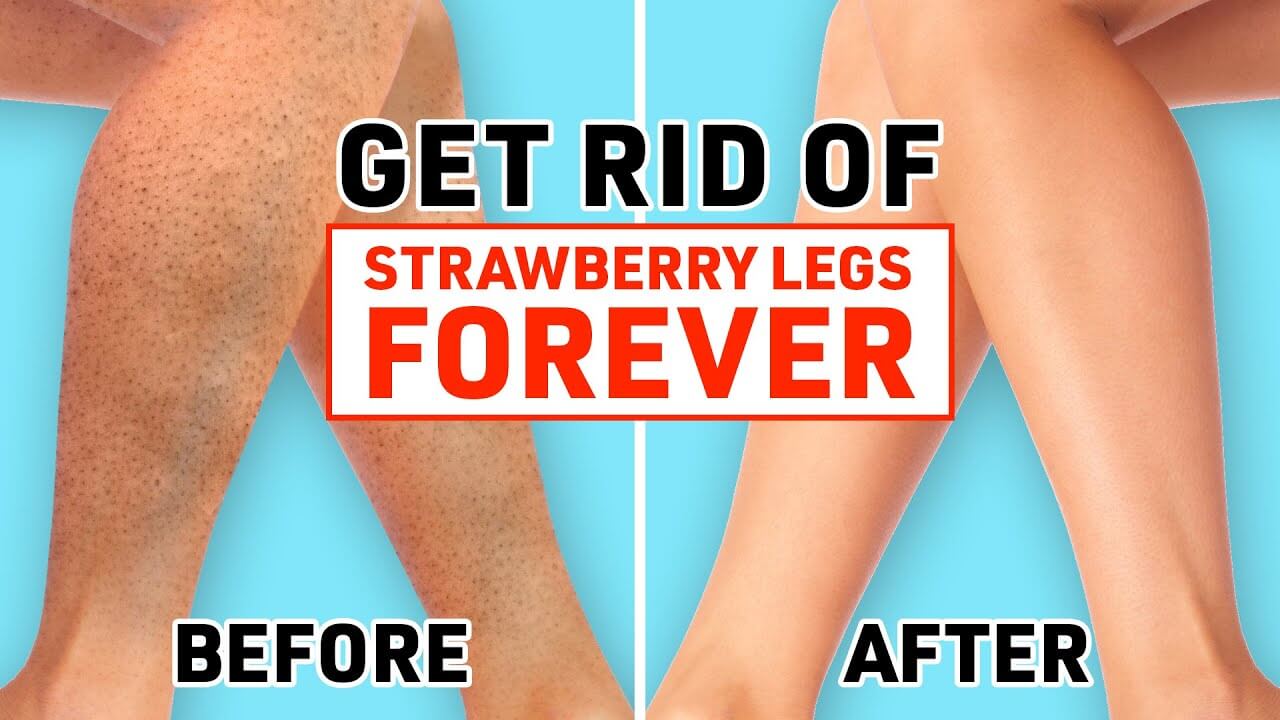Content Attributes
Absorbable sutures are becoming more and more popular in the medical community. But what are they and why are they gaining ground? Here we’ll take a closer look at absorbable sutures, what they’re made of and how they work.
What are Sutures?
Sutures are materials used to close wounds or surgical incisions. They come in a variety of forms, including:
- Absorbable: Made from natural or synthetic materials that dissolve over time.
- Nonabsorbable: Made from materials that do not break down in the body and must be removed after healing is complete.
Absorbable Sutures
Absorbable sutures are made from materials that the body can slowly break down and absorb. These types of sutures are often used in areas where cosmetic appearance is not a concern, such as internally. They’re also a good choice for areas that experience a lot of movement, like the intestines, as they’re less likely to irritate.
Materials used in absorbable sutures include:
- Catgut: Made from the intestine of sheep, this type of suture was once very popular but is now used less often due to the risk of infection.
- Polyglycolic acid: A synthetic material that breaks down into lactic and glycolic acids, which are then absorbed by the body.
- Polydioxanone: Another synthetic material that is slowly broken down into carbon dioxide and water, which are then excreted by the body.
How Do They Work?
Once placed, absorbable sutures will start to break down within a few days. This process is known as hydrolysis and it causes the suture to shrink. The body will continue to absorb the suture over the next few weeks or months until it has completely disappeared.
Benefits
The main advantage of using absorbable sutures is that they don’t need to be removed after healing is complete. This can save time and money, as well as reduce the risk of infection.
Drawbacks
There are a few disadvantages to using absorbable sutures, however. They’re not suitable for all types of wounds and they may cause more tissue reactions than nonabsorbable sutures. In some cases, they may also cause the wound to heal more slowly.



